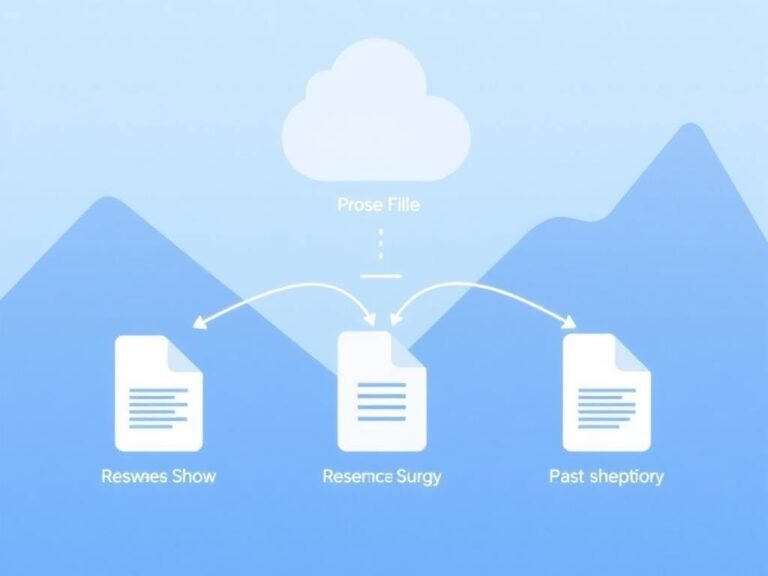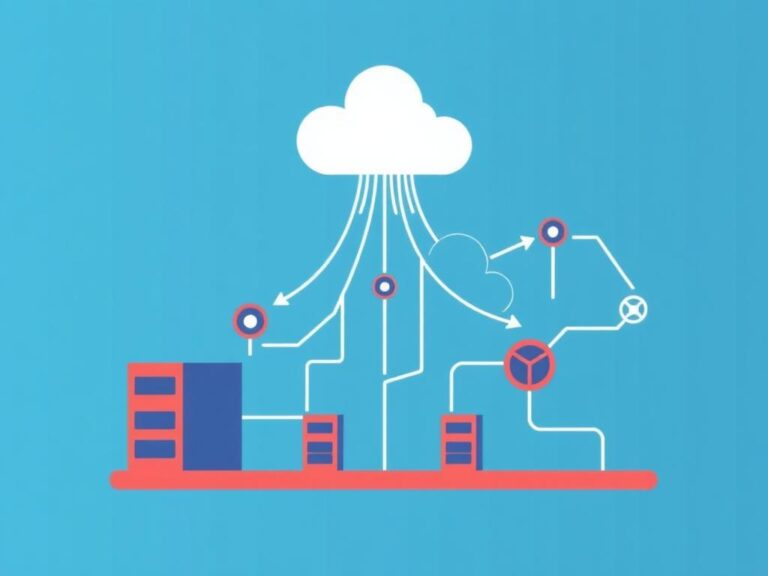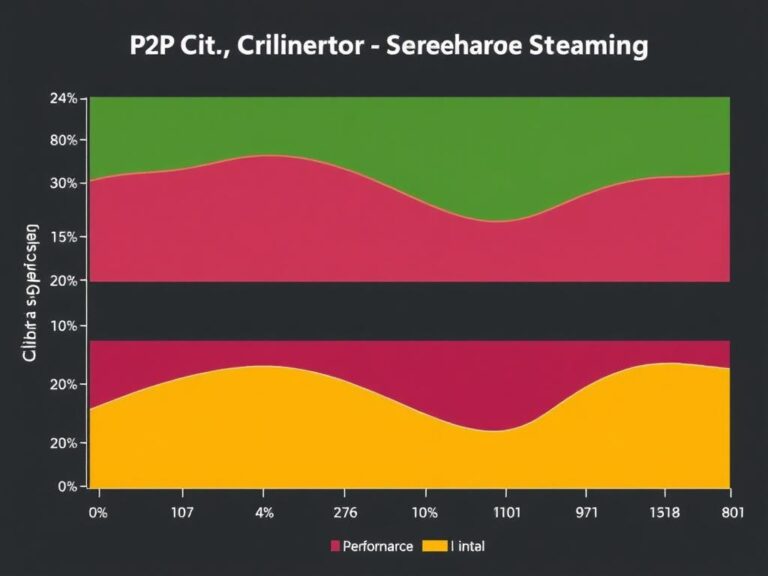How P2P Networks Achieve Decentralization: Unraveling the Power of Peer-to-Peer Systems
Peer-to-peer (P2P) networks have revolutionized the way we share information, communicate, and even conduct business. Unlike traditional client-server models, where a central server governs the flow of data, P2P networks distribute the tasks and responsibilities among all participants, or peers. If you’ve ever wondered how these networks actually manage to operate without a central authority, how they maintain efficiency, security, and resilience, this article will unpack the secrets behind their decentralization. We will explore the core mechanisms that allow P2P networks to work seamlessly, why decentralization matters, and how it impacts the future of technology.
Understanding the Basics of P2P Networks
Before diving into how P2P networks achieve decentralization, it’s essential to lay a foundation by understanding what they are and how they function. At their core, P2P networks are systems where each participant, or peer, can act both as a client and a server. This means every user can request information and simultaneously provide resources or data to others.
In contrast to centralized systems—which rely heavily on dedicated servers to mediate communication and data exchange—P2P networks distribute these roles across all nodes. This distribution is what lies at the heart of their decentralization. Instead of a single point of control or failure, P2P networks create a mesh of interconnected peers collaborating directly with one another.
Key Characteristics of P2P Networks
- Decentralization: No central authority controls the data flow or manages the network.
- Resource Sharing: Peers share computing power, storage, and bandwidth.
- Scalability: Networks can expand naturally as more peers join.
- Fault Tolerance: The network can continue functioning even if multiple nodes fail.
- Self-Organization: Peers can dynamically join or leave the network without disruption.
These features make P2P networks uniquely suited for various applications, from file sharing and blockchain to distributed computing.
Mechanisms Enabling Decentralization in P2P Networks
P2P networks rely on a few clever mechanisms to distribute control, balance workloads, and maintain integrity without centralized servers.
Distributed Hash Tables (DHTs)
One of the critical innovations that enable true decentralization in many P2P networks is the Distributed Hash Table. Think of a DHT as a decentralized database spread across all participating peers. It allows peers to store and retrieve key-value pairs without requiring a central directory.
Each peer in the network holds a portion of the DHT, making them responsible for certain keys. When a peer wants to look up information, it queries the network, and DHT routing algorithms guide the request to the node responsible for the relevant key.
This method ensures that no single peer or cluster holds all the data, decentralizing storage and search functions effectively.
Routing and Node Discovery
Decentralization depends heavily on peers efficiently finding one another and routing requests. Peers use protocols designed for node discovery and message routing to maintain connectivity throughout the network.
Two main models are popular:
| Model | Description | Advantages | Disadvantages |
|---|---|---|---|
| Unstructured P2P | Peers connect randomly without fixed topology. | Easy to implement; robust against high churn. | Inefficient search; may cause network flooding. |
| Structured P2P | Peers connect to form specific topologies governed by algorithms (e.g., DHT). | Efficient search and routing; scalable. | More complex; less tolerant of peer churn. |
Through these routing structures, P2P networks navigate the huge number of peers while keeping communication decentralized.
Replication and Redundancy
Decentralized networks must ensure data persistence despite peers joining and leaving frequently. To accomplish this, P2P systems replicate data across multiple nodes.
This replication helps maintain redundancy, so if one peer goes offline, other peers still hold copies of the data. As a result, the network remains resilient, and decentralization is reinforced because no single node can monopolize access to data.
Incentive Mechanisms and Trust
Maintaining decentralization requires that peers cooperate honestly, but without a central authority, how is this possible? P2P networks often incorporate incentive mechanisms to encourage participation and discourage malicious behavior.
For example, in file-sharing networks like BitTorrent, peers who upload more data to others gain better download speeds. In blockchain systems, miners or validators receive rewards for contributing processing power or confirming transactions.
Additionally, trust may be managed through reputation systems or cryptographic verification, ensuring that peers cannot easily cheat or disrupt the network.
The Impact of Decentralization on Security and Privacy
Decentralization in P2P networks offers a double-edged sword when it comes to security and privacy. On one hand, it eliminates vulnerable central points of failure that hackers often target. Without a central server, attacks like Distributed Denial of Service (DDoS) become harder to execute on the network as a whole.
On the other hand, decentralized networks expose new challenges. For example, it can be difficult to authenticate peers accurately or enforce content moderation. To address these, many P2P protocols use strong encryption, digital signatures, and consensus mechanisms.
Moreover, decentralization often enhances privacy by preventing any single entity from monitoring all communication or storing universal logs. This feature is one reason why decentralized networks are gaining popularity in applications focused on privacy, such as encrypted messaging and decentralized finance (DeFi) platforms.
Use Cases of Decentralized P2P Networks
P2P networks’ ability to distribute power and data without central control has inspired numerous innovative technologies and applications.
File Sharing
One of the earliest and most well-known uses of P2P networks was in file sharing, with networks like Napster or BitTorrent. By decentralizing data exchange, users could share large files without relying on expensive or slow central servers.
Blockchain and Cryptocurrencies
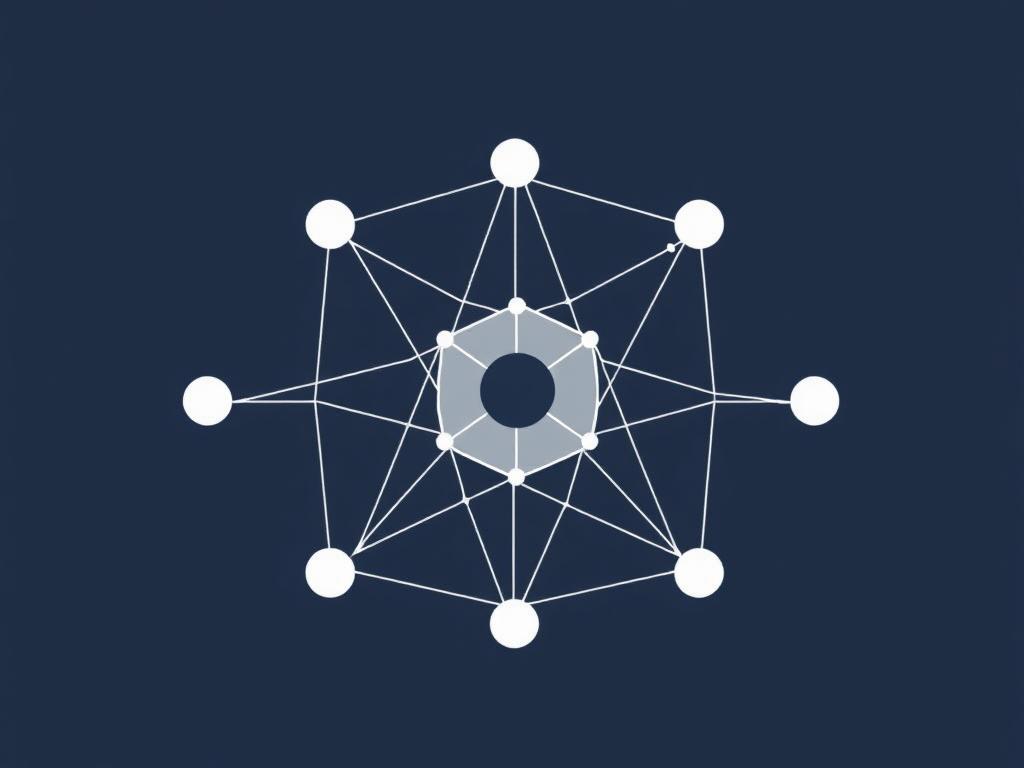
Blockchain networks like Bitcoin and Ethereum are prime examples of decentralized P2P networks. They operate as distributed ledgers maintained by numerous nodes worldwide, securing transactions through consensus without centralized banks or clearinghouses.
Decentralized Communication
Decentralized messaging apps use P2P systems to provide secure, censorship-resistant communication channels. Examples include projects like Signal (which uses a mix of P2P and centralized servers) or fully peer-to-peer chat apps, enhancing privacy and reducing dependency on third parties.
Distributed Computing
Projects like SETI@home or Folding@home leverage the combined processing power of volunteer peers worldwide to perform complex computations, enabling research that would be costly with centralized supercomputers.
Challenges Facing P2P Decentralization
Despite their advantages, P2P networks face several notable challenges that complicate full decentralization.
Network Churn
Peers frequently joining and leaving the network cause “churn,” which can disrupt data availability and routing. Structured networks especially have to implement sophisticated protocols to adapt dynamically.
Scalability
As more peers join, the network must handle increased routing complexity and data replication while maintaining performance. Ensuring smooth scaling without central coordination is an ongoing challenge.
Security Risks
Decentralization reduces some risks but introduces others, such as Sybil attacks, where a single malicious actor pretends to be multiple peers. Networking protocols must be designed to detect and minimize such threats.
Legal and Regulatory Issues
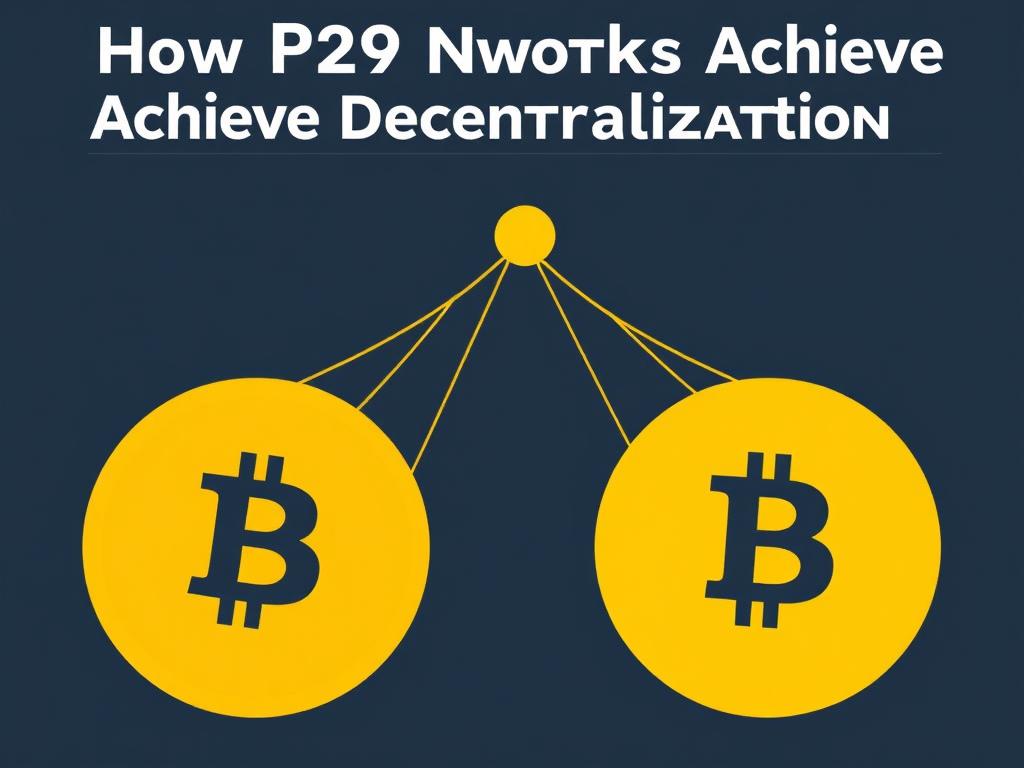
Decentralization complicates accountability since there is no central entity to enforce laws or respond to takedown requests. This raises complex questions around copyright, illegal content, and user privacy.
Summary Table: How P2P Networks Achieve Decentralization
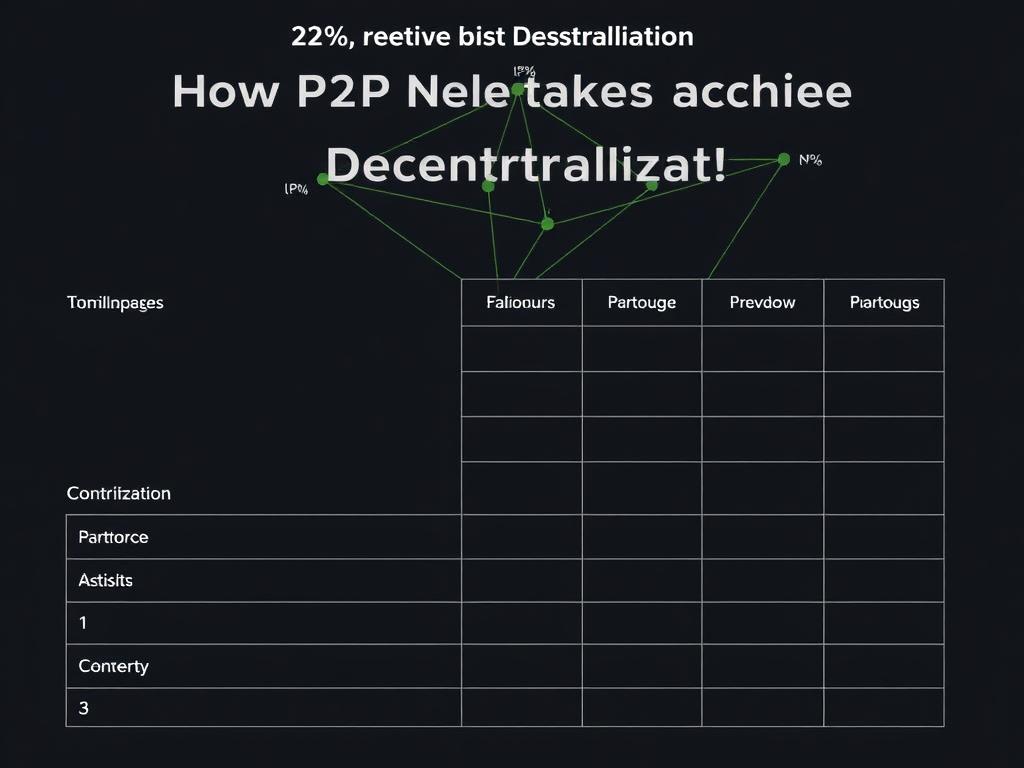
| Decentralization Mechanism | Description | Benefit |
|---|---|---|
| Distributed Hash Tables (DHTs) | Decentralized storage and lookup of data keys. | Efficient data retrieval without central server. |
| Node Discovery and Routing | Protocols to find peers and route messages. | Maintains network connectivity and communication. |
| Data Replication and Redundancy | Multiple copies of data hosted by different peers. | Improves fault tolerance and availability. |
| Incentive and Trust Systems | Mechanisms encouraging resource sharing and honesty. | Promotes cooperation and deters malicious actions. |
| Cryptographic Techniques | Use of encryption and digital signatures. | Secures data and authenticates peers. |
Conclusion
P2P networks achieve decentralization through a blend of clever technical strategies, including distributed hash tables, robust node discovery protocols, data replication, and incentive mechanisms. Together, these elements dismantle the need for centralized servers, distributing control and responsibility among all participants. This decentralization enhances scalability, resilience, privacy, and often security but also brings challenges like network churn and new security threats. As technology progresses, the power of decentralized peer-to-peer systems continues to reshape how we store data, communicate, and collaborate, promising a more open, resilient, and democratized digital future. Understanding how P2P networks achieve decentralization not only sheds light on the technology behind blockchain, file sharing, and distributed computing but also inspires us to envision new applications that harness this transformative architecture.



